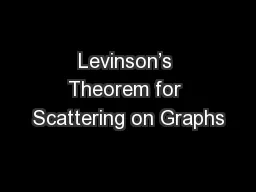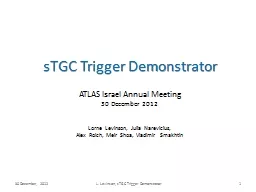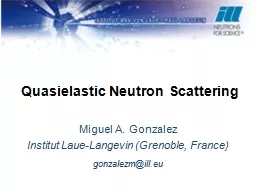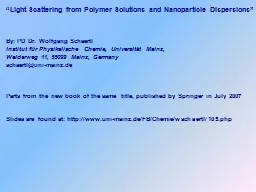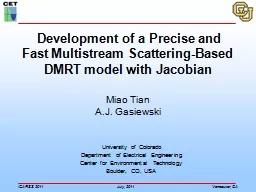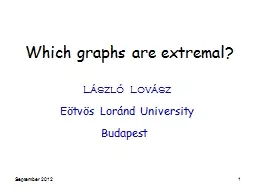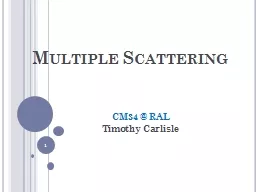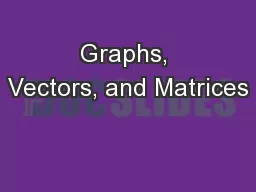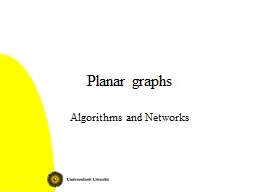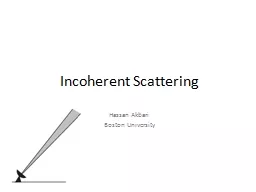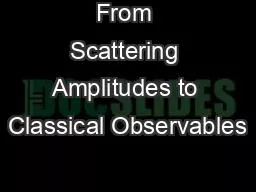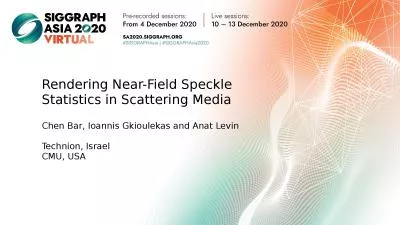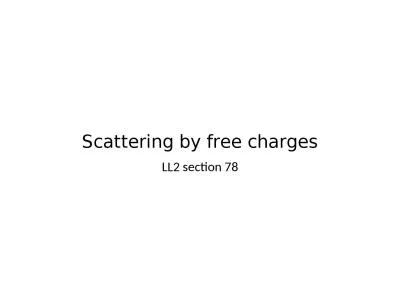PPT-Levinson’s Theorem for Scattering on Graphs
Author : test | Published Date : 2017-04-16
DJ Strouse University of Southern California Andrew M Childs University of Waterloo Why Scatter on Graphs NAND Tree problem Best classical algorithm Randomized
Presentation Embed Code
Download Presentation
Download Presentation The PPT/PDF document "Levinson’s Theorem for Scattering on G..." is the property of its rightful owner. Permission is granted to download and print the materials on this website for personal, non-commercial use only, and to display it on your personal computer provided you do not modify the materials and that you retain all copyright notices contained in the materials. By downloading content from our website, you accept the terms of this agreement.
Levinson’s Theorem for Scattering on Graphs: Transcript
Download Rules Of Document
"Levinson’s Theorem for Scattering on Graphs"The content belongs to its owner. You may download and print it for personal use, without modification, and keep all copyright notices. By downloading, you agree to these terms.
Related Documents

